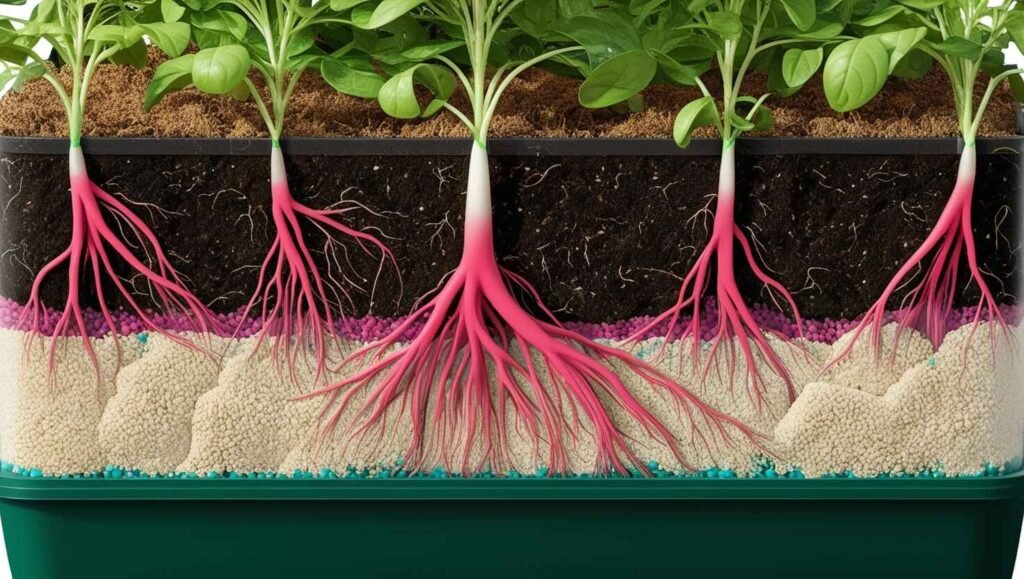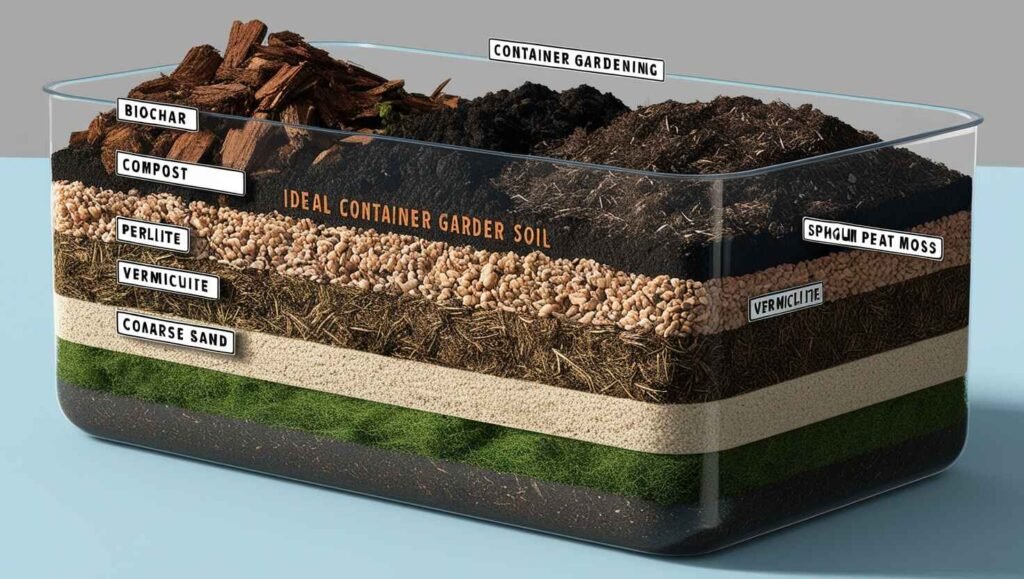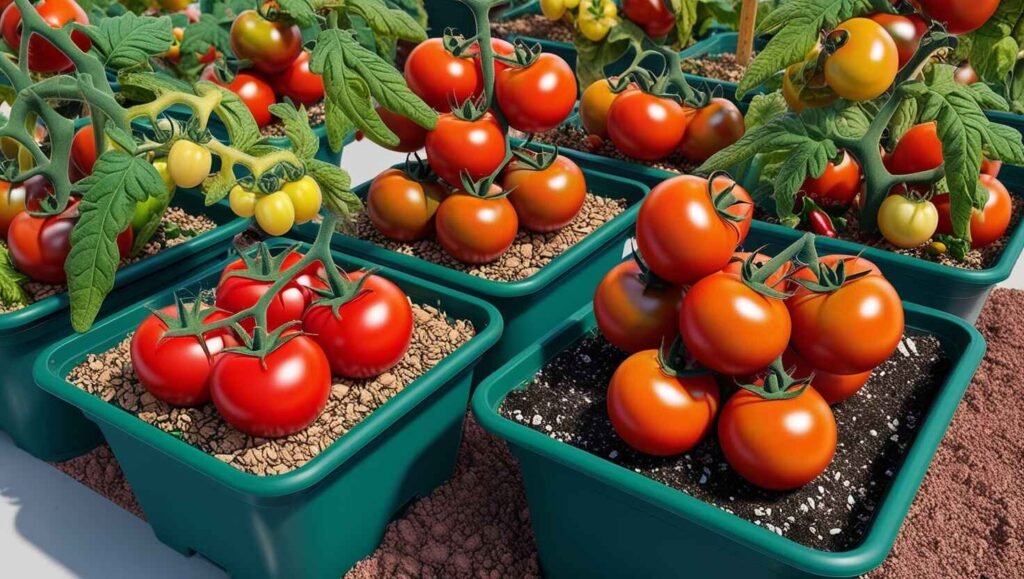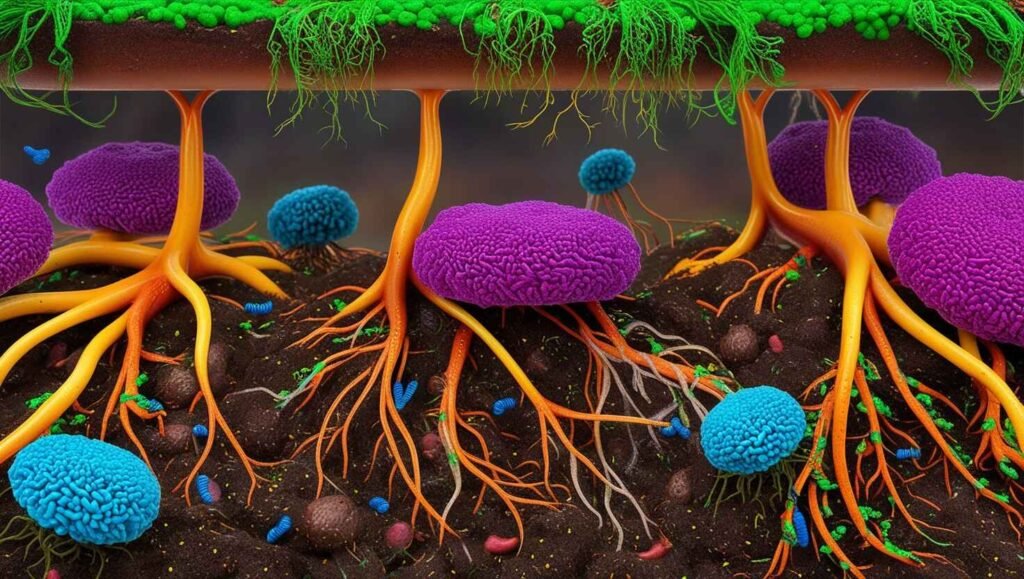Container gardening has blossomed into a popular trend, offering a versatile solution for plant enthusiasts with limited space. Whether you’re nurturing herbs on a sunny windowsill, cultivating vegetables on a cozy balcony, or showcasing vibrant flowers in your backyard, the foundation of your success lies in selecting the perfect soil. This comprehensive guide will navigate you through the intricate world of container gardening soil, empowering you to create thriving potted paradises.
Understanding Container Gardening Basics
Container gardening is far more than simply placing plants in pots. It’s a delicate art form that demands an understanding of the unique requirements of plants growing in confined spaces. Unlike their in-ground counterparts, container plants rely entirely on the soil you provide for nutrients, water, and root support.

“The soil is the great connector of lives, the source and destination of all.” – Wendell Berry
This profound quote underscores the pivotal role soil plays in plant life, especially in the context of container gardening. The right soil can be the difference between a lush, thriving container garden and a struggling, lackluster display.
Why Container Gardening Soil Matters
Container gardening soil differs significantly from traditional garden soil in several crucial aspects:
- Drainage: Containers require soil that drains well to prevent waterlogging and root rot.
- Aeration: Roots need oxygen to thrive, which is harder to come by in a confined space.
- Nutrient density: With limited soil volume, nutrients deplete faster, necessitating a richer growing medium.
- Weight: Lighter soils are often preferred, especially for hanging baskets or wall-mounted containers.
- Water retention: The ideal soil should hold enough moisture without becoming waterlogged.
Understanding these factors is crucial when selecting or creating your container gardening soil mix. Let’s delve deeper into each of these aspects.
Drainage: The Key to Healthy Roots
Poor drainage is one of the leading causes of plant failure in container gardening. When water doesn’t drain properly, it leads to:
- Oxygen depletion in the soil
- Root rot and fungal diseases
- Nutrient leaching
To ensure proper drainage, your container gardening soil should include components like perlite or coarse sand. These materials create air pockets in the soil, allowing water to flow through while retaining enough moisture for plant roots.
Aeration: Breathing Life into Your Plants
Just like humans, plant roots need to breathe. In containers, this can be challenging due to the limited space and potential for soil compaction. Well-aerated soil:
- Promotes healthy root growth
- Supports beneficial microbial activity
- Prevents waterlogging
Ingredients like vermiculite and perlite can significantly improve soil aeration in your containers.
The Anatomy of Good Container Soil
Ideal container gardening soil should possess several key characteristics:
- Light and fluffy texture
- Ability to retain water without becoming waterlogged
- Porosity for easy root growth and oxygen circulation
- Freedom from pests and diseases
- Slightly coarse texture for good drainage while retaining adequate moisture
Common Soil Ingredients

Let’s break down the common ingredients you’ll find in quality container gardening soil:
| Ingredient | Function | Benefits |
|---|---|---|
| Biochar | Improves soil structure | Enhances water retention, promotes beneficial microbes, sequesters carbon |
| Compost | Adds nutrients | Improves soil structure, supports plant growth, enhances microbial activity |
| Mycorrhizal Fungi | Enhances root function | Increases nutrient uptake, improves plant resilience, expands root reach |
| Perlite | Improves drainage | Prevents soil compaction, enhances aeration, lightweight |
| Vermiculite | Retains moisture | Helps balance water retention and drainage, improves nutrient holding capacity |
| Coarse Sand | Improves drainage | Prevents soil from becoming too dense, enhances soil structure |
| Sphagnum Peat Moss | Retains water and nutrients | Improves soil structure, slightly acidic pH, enhances water retention |
Spotlight on Biochar
Biochar has gained popularity in recent years as a soil amendment for container gardening. This charcoal-like substance is produced by burning organic matter in a low-oxygen environment. Benefits of biochar include:
- Improved soil water retention
- Enhanced nutrient holding capacity
- Increased soil microbial activity
- Carbon sequestration, making it an environmentally friendly choice
A study published in the Journal of Plant Nutrition and Soil Science found that adding biochar to container soil increased plant growth by up to 25% compared to traditional potting mixes.
Types of Soil for Container Gardening
When it comes to container gardening soil, you have three main options:
- Commercial potting mixes: These are ready-to-use and formulated specifically for container plants.
- Soilless potting mixtures: These are lightweight and sterile, often made from peat moss, perlite, and vermiculite.
- DIY soil blends: These allow you to customize your mix based on your plants’ specific needs.
Spotlight on Commercial Potting Mixes
Commercial potting mixes offer convenience and reliability. They’re designed to provide the right balance of drainage, aeration, and nutrient retention. Some popular brands include:
- Miracle-Gro Potting Mix
- FoxFarm Ocean Forest Potting Soil
- Black Gold All Purpose Potting Soil
Pro tip: Always check the ingredients list. A good potting mix should contain a combination of organic matter, inorganic materials for drainage, and sometimes slow-release fertilizers.
Creating Your Own DIY Soil Blend
For those who prefer a hands-on approach, here’s a basic recipe for a DIY container gardening soil mix:
- 1 part compost
- 1 part peat moss or coco coir
- 1 part perlite or vermiculite
Adjust the ratios based on your plants’ needs. For example, succulents and cacti would benefit from a mix with more drainage, so you might increase the perlite ratio.
Matching Soil to Plant Types
Different plants have different soil requirements. Here’s a quick guide:
- Vegetables and herbs: Rich, well-draining soil with plenty of organic matter.
- Flowering plants: Slightly acidic soil (pH 6.0-6.5) with good moisture retention.
- Succulents and cacti: Very well-draining soil with less organic matter.
- Trees and shrubs: Heavier soil with good water retention and slow-release nutrients.
Remember, these are general guidelines. Always research the specific needs of your plants for best results.
Case Study: Tomatoes in Containers
Tomatoes are a popular choice for container gardening. A study conducted by the University of California found that tomatoes grown in containers performed best in a soil mix consisting of:
- 50% high-quality potting soil
- 25% compost
- 25% perlite
This mix provided the right balance of nutrients, drainage, and moisture retention for optimal tomato growth. The plants in this mix produced 20% more fruit compared to those grown in standard potting soil alone.

The Science of Soil Properties
Understanding soil science can help you make better decisions for your container garden. Let’s delve into some key properties:
pH Levels
Soil pH affects nutrient availability. Most plants prefer slightly acidic to neutral soil (pH 6.0-7.0). Here’s a quick reference:
- pH < 6.0: Acidic
- pH 6.0-7.0: Neutral
- pH > 7.0: Alkaline
You can adjust soil pH using lime (to raise pH) or sulfur (to lower pH).
Nutrient Content
The three main nutrients plants need are:
- Nitrogen (N): For leaf growth
- Phosphorus (P): For root and flower development
- Potassium (K): For overall plant health
Container plants often need more frequent fertilization due to the limited soil volume. Consider using a slow-release fertilizer or regularly applying liquid fertilizer during the growing season.
Micronutrients: The Unsung Heroes
While N-P-K are the stars of the show, don’t forget about micronutrients. These include:
- Iron (Fe): Essential for chlorophyll production
- Magnesium (Mg): A key component of chlorophyll
- Calcium (Ca): Crucial for cell wall development
- Zinc (Zn): Important for enzyme production
A well-balanced container gardening soil should provide these micronutrients in addition to the primary nutrients.
Water Retention vs. Drainage
Balancing water retention and drainage is crucial in container gardening soil. Too much water leads to root rot, while too little causes drought stress. The ideal soil holds enough water for the plant’s needs while allowing excess to drain away.
Case study: A study published in the Journal of Plant Nutrition found that container-grown tomatoes performed best in a soil mix that held 45-55% water by volume after drainage. This balance provided adequate moisture without waterlogging the roots.
Common Soil Mistakes in Container Gardening
Avoid these common pitfalls when choosing or preparing your container gardening soil:
- Using garden soil in pots: Garden soil is too heavy and may contain pests or diseases.
- Overcompacting the soil: This reduces aeration and can suffocate roots.
- Neglecting soil refreshment: Container soil depletes over time and needs regular replenishment.
- Ignoring plant-specific needs: Not all plants thrive in the same soil conditions.
- Overlooking drainage holes: Even the best soil won’t perform well if water can’t escape.
- Forgetting to mulch: A layer of mulch can help retain moisture and regulate soil temperature.
Enhancing Your Container Soil
Even the best soil can be improved. Here are some ways to enhance your container gardening soil:
- Composting: Add homemade compost to boost organic matter and nutrients.
- Mulching: Apply a layer of mulch on top of the soil to retain moisture and regulate temperature.
- Using organic fertilizers: These provide slow-release nutrients and improve soil structure.
- Incorporating worm castings: These are rich in nutrients and beneficial microorganisms.
- Adding mycorrhizal fungi: These fungi form symbiotic relationships with plant roots, enhancing nutrient uptake.
The Role of Beneficial Microorganisms
Healthy soil is alive with beneficial microorganisms. These tiny creatures play a crucial role in:
- Breaking down organic matter
- Cycling nutrients
- Improving soil structure
- Suppressing harmful pathogens

To promote a healthy soil ecosystem in your containers, consider adding compost tea or specialized microbial inoculants to your container gardening soil.
Seasonal Considerations for Container Gardening Soil
Your container gardening soil needs may change with the seasons:
- Spring: Refresh your soil with compost and slow-release fertilizers.
- Summer: Monitor moisture levels closely and consider adding water-retaining polymers in hot climates.
- Fall: Reduce fertilization as growth slows down.
- Winter: Protect soil from freezing in cold climates by insulating containers or moving them to sheltered areas.
Conclusion
Choosing the right soil for container gardening is a crucial step towards creating a thriving potted garden. By understanding the components of good container gardening soil, matching soil to your plants’ needs, and avoiding common mistakes, you’ll be well on your way to container gardening success.
Remember, gardening is a journey of continuous learning and experimentation. Don’t be afraid to adjust your soil mix as you learn more about your plants’ preferences. With the right soil as their foundation, your container plants will reward you with healthy growth and bountiful blooms or harvests.
As you embark on your container gardening adventure, keep in mind that the perfect soil is the one that works best for your specific plants and conditions. Observe your plants closely, make adjustments as needed, and most importantly, enjoy the process of nurturing life in your containers.

